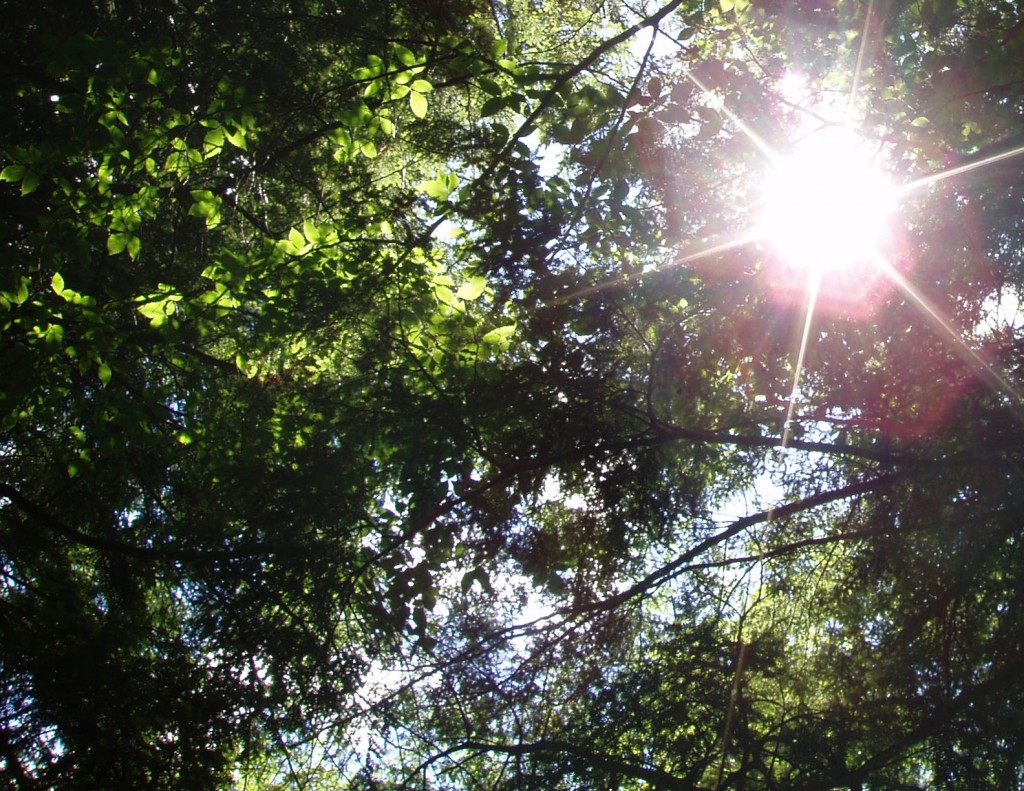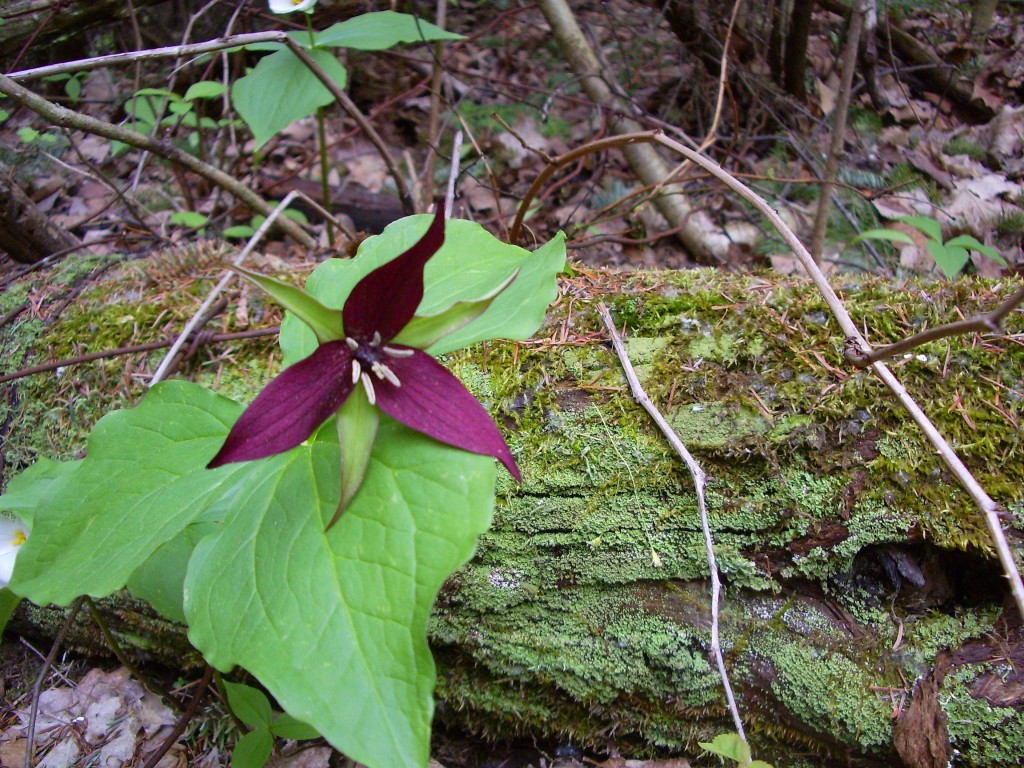What You Can Do (Part One)
By Chad Irwin and Joel Irwin
As part of the 2011 show, “International Year of Forests” we’ve included a new section in our AAC newsletter, called “Forest Stewardship – What You Can Do”, which outlines some of the problems facing our forests today as well as a hands-on guide to how you can become a good forest steward. Whether you live in a city or in the country, whether your backyard includes a tree or a forest, everyone’s participation is necessary for maintaining the health of our forests.
So what is forest stewardship? To put it simply, it is the management of forests, which involves different organizations, communities, and individuals working together to prevent loss of habitat and to facilitate forest sustainability. Although the efforts to achieve this end vary in size and scale, this section focuses on what the individual can do to contribute. One of the major problems facing forest sustainability today is a lack of understanding. Ecosystems are very complex and vulnerable places, and we’ve tended to exploit them as resources rather than understand them as habitats intrinsically linked to our own. The first step, then, to becoming a good forest steward is to develop a knowledge of one’s environment, its flora and fauna (plants and animals), their behaviours and relationships – a knowledge of these things can enable one to strengthen the “web of life,” inducing not just sustainable, but regenerative resources.
Forest Stewardship – Meeting the Locals
A good place to start in getting to know your local ecosystem is to meet the pioneers who have engineered it – the trees. With a few simple ingredients and time, trees can transform a barren, destroyed landscape into a lush, thriving community of life, ambient with its own microclimate. Their leaves convert the sun`s rays into a usable energy source, and pump torrents of water vapour back into the atmosphere. Their branches and trunks provide shelter, food and habitat for mammals (including humans), birds, amphibians, insects, and other plants. Their roots weave into the ground, preventing soil erosion, and retaining water from runoff. Trees create worlds within worlds, and even provide shelter, food and habitat when they donate their own bodies to the forest floor. By simply knowing the trees of a place, one can determine what other organisms live within it. From a stewardship perspective, trees and tree materials are the most influential “building blocks” that the steward will use to improve forest health.
Getting to know the locals is easier than it sounds, and what follows is some relatively simple instructions for readers interested in becoming forest stewards. Firstly, select your subject – find a natural place, preferably nearby, which you can access quite easily. It may be in your backyard or in a public space, but try to select a place with trees and where wildlife can easily be spotted. Bring a sketch pad and/or camera with you, and take note of the various flora and fauna in the area. Select a tree that will be your subject for observation and draw, photograph and make notes of each intricate detail of your subject tree. As you “zoom in” on each design, pay particular attention to the following:
What is the tree`s habitat? (ie. open field? high and dry? shoreline? Etc.) Is it growing in the shade, full sunlight or a bit of both? What is the texture and design of its bark?
Are its leaves needles or broadleaf? Are its branches and leaves arranged opposite or alternate along the stem? What does the texture of both top and bottom of the leaf feel like? What is the design of the leaf veins? Are the edges of the leaf toothed?
Using your drawings and notes, consult a resource for you bioregion (naturalist, field guide, online database – www.ontariotrees.com, www.arborday.org, Ministry of Natural Resources) to positively identify the species and learn of its relationship to your local ecosystem. What other organisms are dependant on this tree for shelter, food and habitat? Does your tree have any edible and medicinal qualities?
The ability to identify and understand trees is the first step to becoming a good forest steward and the instructions above outline the features that one must look for in identifying a tree species. In the following newsletters, we’ll include more detailed information and suggested activities on the steps that are to follow for becoming a forest steward. Remember, a good forest steward is one in service to the forest, acting in its best interests, assisting its grand design, and understanding this design is one of the most important responsibilities of the steward.





